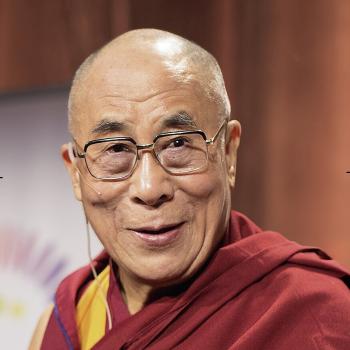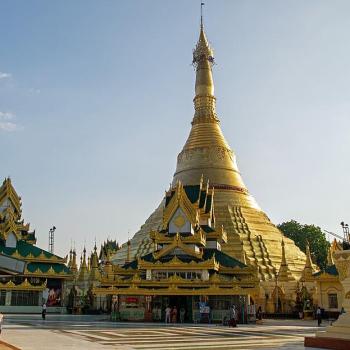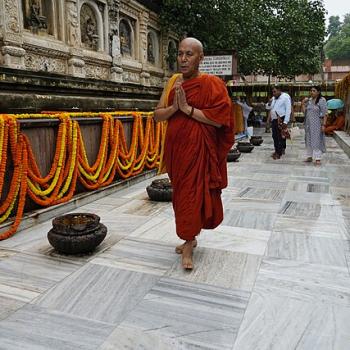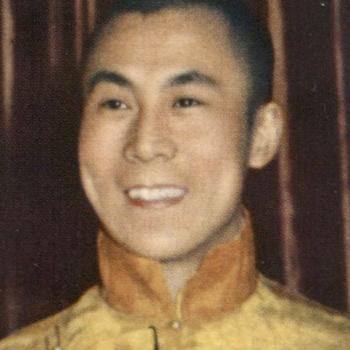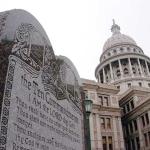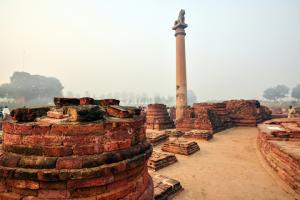
Now we call them the pillars of Ashoka. But for centuries no one knew who had built them or what they represented.
For centuries, travelers in India noted the magnificent sandstone pillars, 40 to 50 feet high. Many were capped with elaborate carvings of animals, usually lions, but sometimes elephants or oxen or possibly horses. Many were covered with writing, but no one recognized the script. Most intriguiging, the massive monuments — which weighed up to 50 tons each — were scattered throughout the Indian subcontinent over many hundreds of miles.
Erecting the pillars had been a major undertaking. But who did it, and why? There were no extant records in India to explain them. Not even the learned Brahmins could say what they were. Local folklore called them the walking sticks of a giant.
The British Come to India
The story of how the mystery was solved involves employees of the British East India Company. The British East India Company was formed in 1599, during the reign of Elizabeth I, to engage in trade in southeast Asia. The first British trading ships landed in 1608 in Surat, a port in east India on the Arabian sea. Over the next several decades the East India Company came to be a larger and larger presence in India, which was then the Mughul Empire.
The Company — which was a private enterprise and not officially an arm of the British government — established trading posts and factories along the east and west coasts of the subcontinent. Company employees and their families moved to India and created their own British communities. By the latter 1700s the East India Company so dominated India that it was, in effect, the government, even though a Mughul emperor was still the titular head of state.
Many of the Company employees became fascinated with the culture of India and wanted to study it. They were especially curious about its history, which at the time was oddly blank going back more than a few centuries. In 1784 some of them formed the Asiatick Society — the spelling eventually would be changed to Asiatic Society — to further the work of research into India.
Deciphering the Code
The pillars and their unreadable inscriptions soon became a focus for some members of the Asiatic Society. They discovered similar writing on boulders, in caves, and on very old coins. No one could make it out. Some Asiatic Society members copied bits of the text and sent it to scholars in Europe, in hopes somebody could read it.
The first breakthrough came in 1836, when a Norwegian scholar named Christian Lassen recognized that a few of the letters were identical to those of an ancient Indo-Greek script. This script had been found on coins of an Indo-Greek kingdom that was in what is now northwest India and northern Pakistan from about 200 to 1 BCE. The coins were bilingual, with the “mystery” script, called Brahmi, on one side, and Greek on the other, providing a key to deciphering Brahmi.
From there, the task was taken over by James Prinsep, who worked for the East India Company as an assayist at the Calcutta mint. Through trial and error the multitalented Prinsep worked out what the other letters must be, and he also recognized the language of the inscriptions as Pali. And by 1838, the script was deciphered.
Ashoka and His Edicts
The story revealed by James Prinsep’s work was astonishing and uncovered a long-forgotten chapter in the history of India. There had been a mighty empire, the Mauryan Empire, from 321 to 185 BCE. At its peak, the Mauryan Empire spanned from what is now Bangladesh, through central and northern India, across Pakistan and Afghanistan and into Iran. It was huge, in other words.
The pillars and the boulder inscriptions were the work of the Mauryan Emperor Ashoka, called Ashoka the Great, who ruled from about 268 to 232 BCE. Ashoka was a convert to Buddhism, and many of the inscriptions were edicts given to his people to live according to the dharma, the teachings of the Budda. “What is dharma?” asked one edict. “Little evil, much good, kindness, generosity, truthfulness and purity.” Other inscriptions told the story of Ashoka’s conversion to Buddhism. And some called for harmony among all people and religions in his empire.
Ashoka’s influence spread Buddhism far beyond the borders of India. In time archeologists recognized that Ashoka’s edicts had been left in many parts of central Asia, in other languages. For example, edicts engraved in the western part of his empire were in Greek. An inscription discovered near Kandahar in 1958 was written in Greek and Aramaic.
The pillars of Ashoka were a special project. They marked places important to Buddhist history, such as the Buddha’s birthplace, and also were erected next to significant monasteries. At the time the script was decoded these locations had long been lost, and the pillars helped 19th century researchers find them. Today there are twenty surviving Ashoka pillars, of which seven are completely intact.
How Ashoka Was Forgotten
One might ask, how could such an important part of India’s history be completely forgotten in India?
Some of Ashoka’s several children became ordained monks and nuns and carried on his work of spreading Buddhism. But the not-ordained heirs were less interested in their father’s legacy. After his death they squabbled over the throne while the outer provinces broke away. The neglected empire crumbled apart, and the last Mauryan emperor was assassinated in 185 BCE.
With the Maurya family out of the way, the Brahmins reasserted themselves and shoved Buddhism aside. Although Buddhism began in India, over the next centuries it faded away. In the late 12th century, invading Turkic armies destroyed the last remaining Buddhist monasteries on the subcontinent, along with their libraries. These possibly contained the only records of Ashoka remaining in India, as his name had been erased everywhere else. Ashoka was remembered in Sri Lanka, however, where two of his children had established Buddhism. Much of his story not in the inscriptions has been recovered from Sri Lankan records.
Today it’s recognized that Ashoka’s role in Buddhist history was similar to that of Constantine in Christianity. He was instrumental in making a relatively small sect of northern India into a global religion.
Afterword
James Princep’s health faltered — some say from overwork — and he left India to return to England in 1838. He died in 1840 at the age of 40.
In 1857 a revolt against the East India Company caused the British government to step in and assume direct control of India. This marked the end of the Mughal Empire and the beginning of the British Raj. The Easi India Company was dissolved a few years later.
Thanks in part to the work of Mahatma Gandhi, the British Raj ended in 1947. The independent Republic of India adopted a lion capital from an Ashoka pillar as its state emblem, and an Ashoka Chakra, a 24-spoke wheel found with some inscriptions that represents the dharma, is at the center of the Indian flag.




